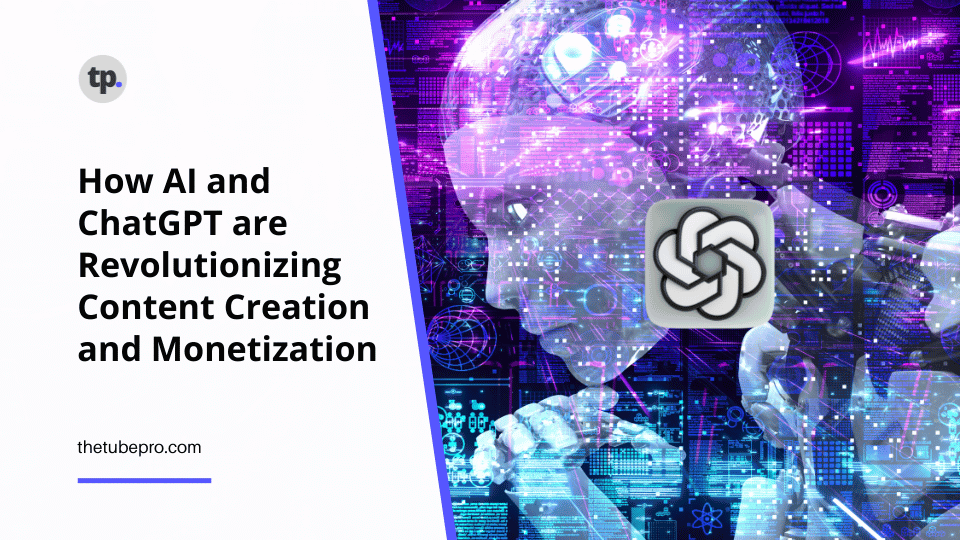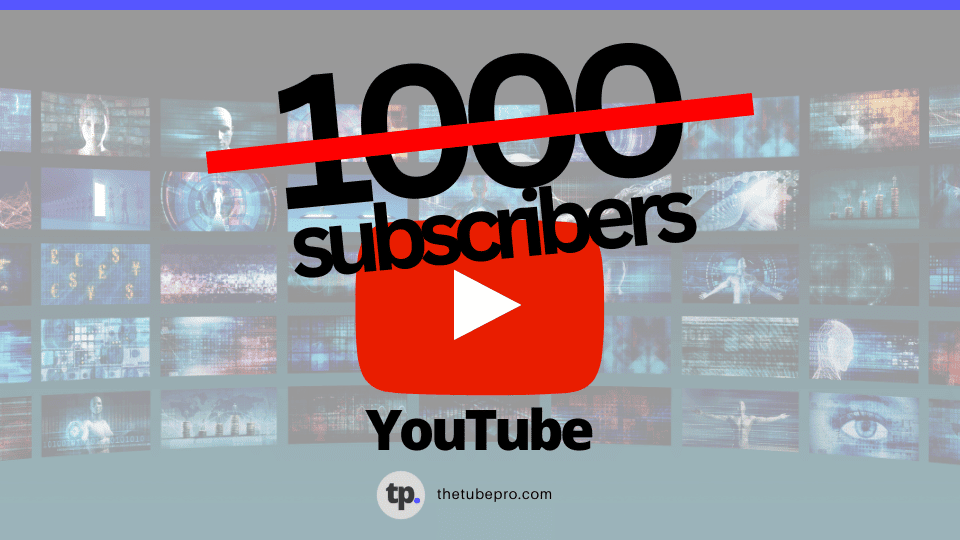If you’re a content creator, you may have heard about the YouTube Algorithm. Well, you’re not alone.
Thousands of creators, try to “hack” this algorithm so they can have a breakthrough moment.

Table of Contents - YouTube Is Always Learning - Viewers Experience - YouTube Never Stands Still - YouTube Machine Learning - YouTube Safeguards Its Users - Responsible Recommendations
While on the other hand, others tend to study and analyze their videos performance and other metrics, to better understand the YouTube system.
That is what Rob Wilson from VidIQ did. He shared a video on VidIQ channel here, where he talks about the YouTube Algorithm Secrets.
So let’s breakdown the most important key points.
YouTube Is Always Learning

YouTube is always learning with its mistakes, says Rob, since the platform creation.
It used to recommend similar content to viewers, but not anymore.
Viewers Experience
Rob mentions that users need to treat YouTube as if you are a creator (as you are, if you’re reading this post), and not as a hacker.
Why? You ask.
Well, because if you use YouTube like you were a programmer or hacker, the YouTube system will see this as an alert, as if you were trying to bring the system down, and that it’s not going to work, because the algorithm works better when things happen organically.
YouTube is recommending videos to people with similar interests to yours.
So if you like tennis videos and the system notices that others who like the same tennis videos as you, also enjoy jazz videos, YouTube is going to recommend jazz videos to you, even if you’re never watched a single one before.
Even so, there are many people who use the platform that opt-out of sharing this information to YouTube.
YouTube Never Stands Still

Rob also mentions that, videos that were successful in the past, may not be successful for you in the future.
YouTube collects about 80 billion data signals every single day.
The most important data signals changed over the time, beginning with the a simple click on the video.
YouTube then changed this to the known Watch Time. This had a 20% drop in views for creators.
We also need to pay attention that not all Watch Time is equal. As the experts from YouTube Creators state, a viewer can watch some of a video or a lot of a video.
It can be a bit confusing, I agree, but if your viewers tend to watch one of your videos, and then click on the next, this signals to the YouTube system, that your channel is relevant.
Other important signals that every creator needs to pay attention are, viewer surveys (these are not on the hands of the creator), shares, likes and dislikes.
As for shares and likes, a creator can always ask to their viewers a chance of sharing and like the video. While for viewer surveys, it’s a completely different story.
YouTube Machine Learning
YouTube trained a machine learning model to predict potential survey responses for everyone. Meaning, if you don’t fill out the survey, YouTube is going to do that on your behalf.
This isn’t always 100% effective.
However, if there is a person who shares every video that it watches, including the ones that it rates one or two stars, the YouTube system will know not to heavily factor in the user shares, when recommending content.
What does this mean?
YouTube is collecting a lot of data from each personalized viewer. This adds up to an audience.
And what about small channels?
Well, for small channels, means that YouTube have less information about who the audience is. It’s harder to find the viewers who are interested in those videos.
That’s why you need to focus on your channel content, and engage with your audience.
YouTube Safeguards its Users

Recommendations aren’t always completely reliable, so YouTube tries to be more transparent than ever.
Responsible Recommendations
Someone may report that it’s very satisfied to watch videos that claim “the Earth is flat”, but that doesn’t mean that the YouTube system will recommend this type of low quality content.
With this being said, YouTube classifies content in two distinct buckets, authoritative content (the one you should be focusing on) or borderline content (low quality content).
Conclusions
Watch Time of authoritative news is up dramatically and consumption of borderline content that comes from YouTube recommendation system is now significantly below 1%.
This was a platform overview of the YouTube algorithm that you need to start calling the YouTube Recommendation System.





